Introduction
Grass carp, a freshwater fish prized for its mild flavor and delicate texture, is a staple in global cuisines. Stewing, a method that transforms tough fibers into tender, flavorful bites, is particularly popular. However, achieving perfection hinges on one critical factor: time. Overcooking risks a dry, mushy texture, while undercooking leaves the fish raw and unappetizing. This article delves into the science and craft of stewing grass carp, exploring variables that influence cooking duration and providing actionable insights for home cooks and culinary enthusiasts alike.
Understanding Grass Carp: A Culinary Profile
Native to Asia but now cultivated worldwide, grass carp (Ctenopharyngodon idella) boasts a lean, white flesh with a subtle, sweet taste. Its low fat content makes it ideal for stewing, as the slow cooking process infuses it with flavors while maintaining moisture. The fish’s firm texture holds up during prolonged cooking, unlike delicate species like tilapia. Nutritionally, it is rich in protein, omega-3 fatty acids, and vitamins, appealing to health-conscious diners.
Factors Influencing Stewing Time
Stewing duration is not a one-size-fits-all metric. Several variables interact to determine the ideal cooking window:
-
Size and Cut:
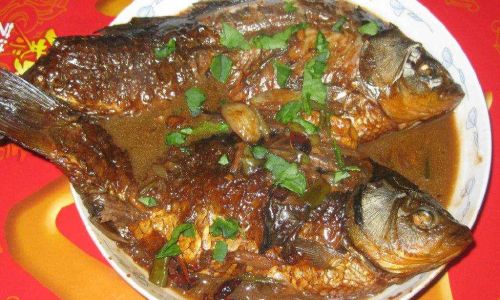
- A whole grass carp (3–5 pounds) requires 30–45 minutes of stewing, depending on thickness.
- Fillets (1–2 inches thick) need 15–25 minutes.
- Smaller cuts, such as cubes or strips, may cook in 10–15 minutes.
-
Cooking Vessel:
- Stovetop: Direct heat allows precise control. Use a heavy-bottomed pot to distribute heat evenly.
- Slow Cooker: Low, steady heat extends cooking to 4–6 hours, ideal for tenderizing.
- Pressure Cooker: High pressure reduces time to 8–12 minutes but demands careful monitoring.
-
Altitude:
At higher elevations (above 3,000 feet), water boils at lower temperatures, increasing stewing time by 5–10 minutes per 1,000 feet.
-
Desired Texture:
- Flaky: Cook until the flesh separates easily (145°F internal temperature).
- Tender: Extend cooking until the meat almost falls off the bone (160°F+).
-
Ingredients and Liquid:
- Acidic liquids (tomatoes, vinegar) tighten proteins, slightly reducing stewing time.
- Starches (potatoes, carrots) absorb liquid, requiring occasional adjustments to prevent scorching.
Step-by-Step Stewing Guide
Ingredients (Serves 4):
- 2 lbs grass carp fillets (or 1 whole fish, cleaned)
- 4 cups fish stock or water
- 1 onion, sliced
- 3 garlic cloves, minced
- 1-inch ginger, julienned
- 1 tbsp soy sauce
- 1 tbsp rice wine (optional)
- 1 tsp sugar
- 2 tbsp vegetable oil
- Salt and pepper to taste
- Fresh cilantro for garnish
Instructions:
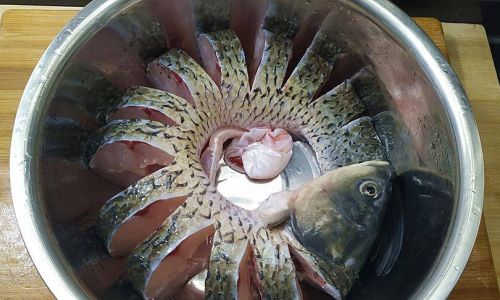
-
Preparation:
- Marinate fish in soy sauce, rice wine, and pepper for 15–30 minutes.
- Pat dry to prevent sticking during searing.
-
Searing (Optional):
Heat oil in a Dutch oven. Sear fish 2–3 minutes per side until golden. This seals flavors and prevents disintegration.
-
Building the Broth:
- Sauté onions, garlic, and ginger until fragrant.
- Add stock, soy sauce, sugar, and a pinch of salt. Bring to a simmer.
-
Stewing:
- Gently submerge fish. Cover and adjust heat to maintain a gentle simmer (avoid boiling).
- Fillets: 15–20 minutes.
- Whole Fish: 25–35 minutes.
-
Finishing:
- Taste broth; adjust seasoning.
- Garnish with cilantro and serve with steamed rice or crusty bread.
Stewing Time Breakdown by Method
-
Stovetop Stewing:
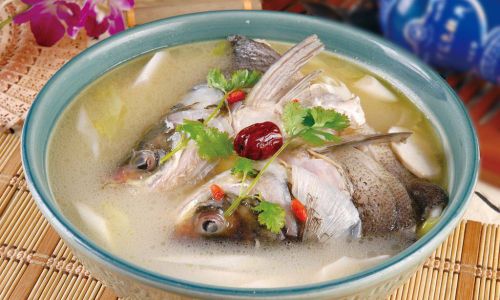
- Ideal for: Quick meals, retaining vibrant flavors.
- Technique: Maintain a low simmer. Overboiling toughens the flesh.
- Timing:
- Fillets: 15–20 minutes.
- Whole fish: 25–35 minutes.
- Pro Tip: Use a diffuser to prevent uneven heat.
-
Slow Cooker Stewing:
- Ideal for: Deep flavor infusion, hands-off cooking.
- Technique: Layer aromatics at the bottom, add fish, and cover with liquid.
- Timing:
- High setting: 2–3 hours.
- Low setting: 4–6 hours.
- Pro Tip: Add delicate vegetables (spinach, peas) in the last 30 minutes.
-
Pressure Cooker Stewing:
- Ideal for: Busy weeknights, fall-off-the-bone texture.
- Technique: Seal tightly and cook on high pressure.
- Timing:
- Fillets: 8–10 minutes.
- Whole fish: 10–12 minutes.
- Pro Tip: Natural release preserves moisture; quick release may toughen the flesh.
Checking Doneness: Beyond the Clock
While timing is essential, sensory cues ensure perfection:
- Visual Test: Opaque flesh with no translucent patches.
- Flake Test: Insert a fork; meat should separate into clean flakes.
- Touch Test: Gently press; firm but yielding texture indicates readiness.
- Temperature: 145°F (63°C) for flaky, 160°F (71°C) for tender.
Common Mistakes and Solutions
-
Overcooking:
- Cause: High heat or prolonged stewing.
- Fix: Use a timer; reduce heat to a bare simmer.
-
Undercooking:
- Cause: Insufficient time or thick cuts.
- Fix: Slice thicker portions or extend cooking in 5-minute increments.
-
Mushy Texture:
- Cause: Over-agitation or acidic marinades.
- Fix: Handle gently; marinate in non-acidic liquids (oil, herbs).
-
Bland Flavor:

- Cause: Inadequate seasoning or short marinating.
- Fix: Marinate longer; use umami-rich ingredients (mushrooms, bonito flakes).
Advanced Tips for Culinary Excellence
- Braising Liquid: Enhance with kombu (kelp) or dried shiitake for depth.
- Texture Contrast: Add crispy elements (fried ginger, toasted sesame) post-stewing.
- Freezing: Stewed grass carp freezes well for 2–3 months; reheat gently.
- Pairing: Complement with tangy sides (pickled daikon, lime wedges) to cut richness.
Cultural Nuances and Regional Variations
While this article focuses on universal techniques, regional adaptations offer fascinating insights:
- Chinese Stews: Often include fermented black beans or doubanjiang for umami.
- European Preparations: Pair with white wine, saffron, and fennel.
- Latin American Twists: Incorporate cilantro, lime, and aji amarillo.
Conclusion
Stewing grass carp is a dance of patience and precision. By understanding the interplay of size, tool, and texture, cooks can elevate this humble fish into a culinary masterpiece. Whether you prefer the rapid efficiency of a pressure cooker or the slow transformation of a crockpot, the key lies in monitoring doneness and adapting to your ingredients. Experiment, taste frequently, and soon, you’ll master the elusive balance of time and temperature that defines stewing perfection.
Final Word: The next time you stew grass carp, remember that time is not an enemy but an ally. With practice, you’ll learn to gauge its subtle cues, turning a simple meal into a testament to the art of cooking. Bon appétit!
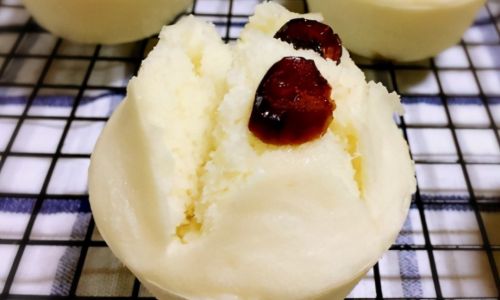
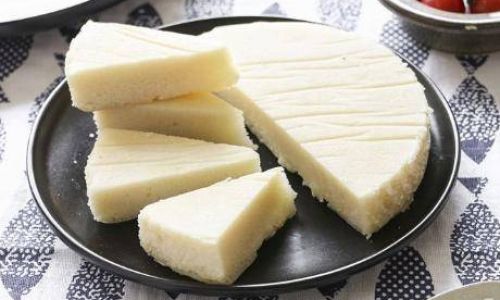
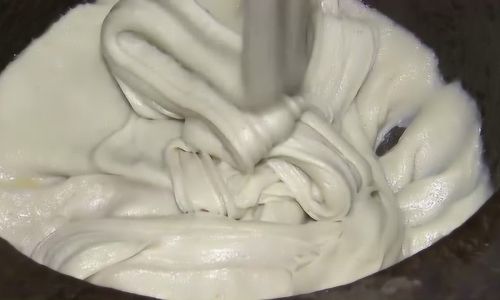

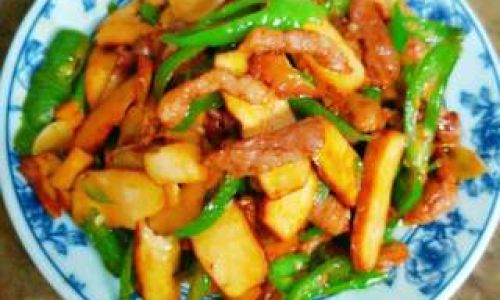
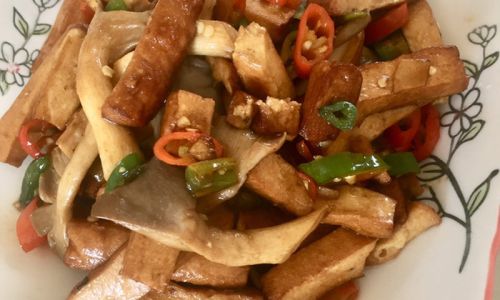
0 comments